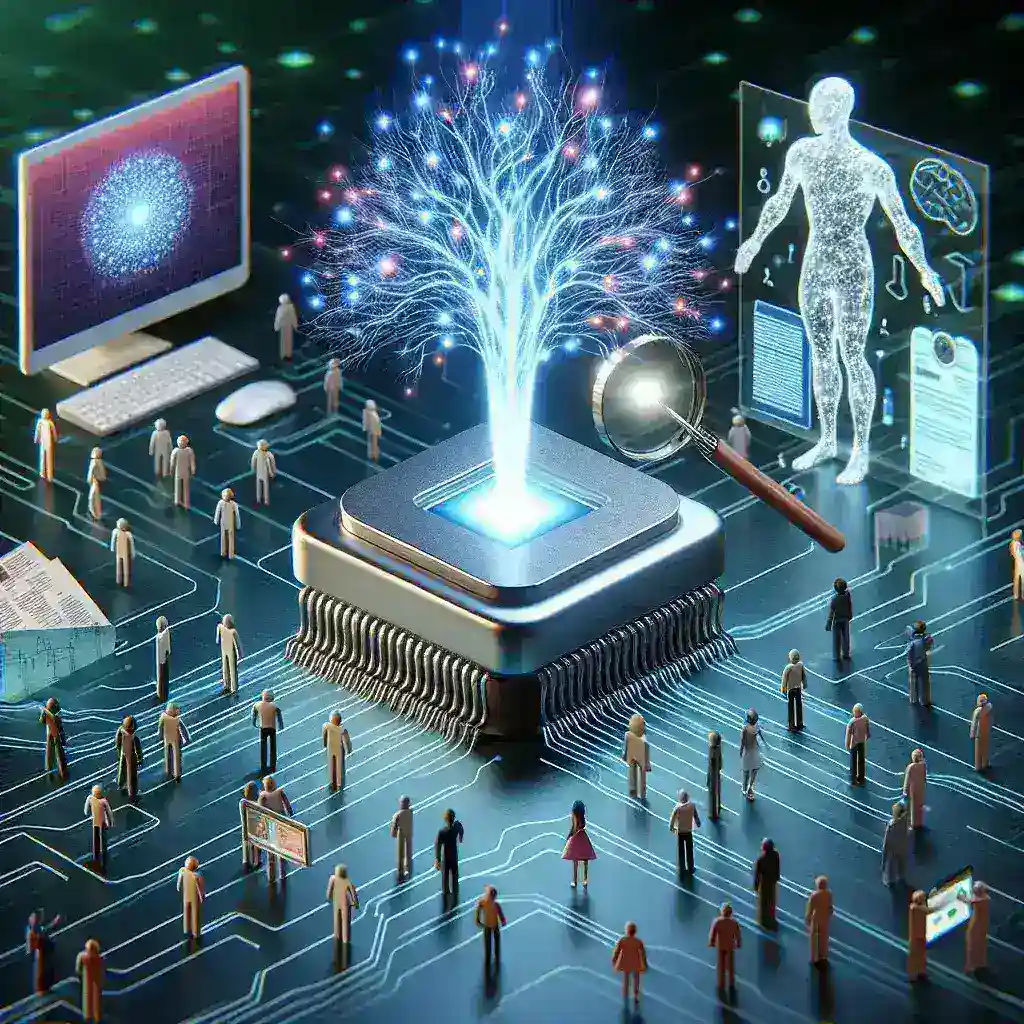ByteDance’s AI-Powered Content Moderation: A Deep Dive into Patented Technologies
ByteDance, the tech giant behind wildly popular platforms like TikTok and Douyin, has quietly been revolutionizing content moderation with its sophisticated AI-driven tools. Recent patent filings reveal a complex and evolving system designed to navigate the treacherous landscape of online content, tackling everything from misinformation and hate speech to harmful imagery and illegal activity. This article delves into the mechanics of these patented technologies, explores their implications for global online safety, and assesses the ethical considerations involved.
The Nuts and Bolts of ByteDance’s AI Moderation
ByteDance’s approach isn’t simply about keyword filtering or reactive takedowns. Their patents suggest a multi-layered system leveraging advanced machine learning techniques. This encompasses:
- Multimodal Analysis: The AI doesn’t just analyze text; it processes images, videos, and even audio, creating a comprehensive understanding of the content’s context and intent. This allows for a more nuanced assessment, catching subtle cues that might be missed by text-only systems.
- Contextual Understanding: Instead of relying on isolated keywords, the AI considers the surrounding information, the user’s history, and even the platform’s overall environment to determine the nature of the content. Sarcasm, for example, can often be misconstrued by simpler systems, but ByteDance’s technology seems designed to grasp this.
- Adaptive Learning: The AI continuously learns and improves its accuracy through a feedback loop. Human moderators review a sample of the AI’s decisions, correcting errors and refining the algorithm. This iterative process aims to constantly enhance the system’s ability to identify and flag problematic content.
- Real-time Monitoring: The patents suggest the system is capable of real-time monitoring, acting swiftly to remove or flag harmful content before it reaches a wide audience. This is crucial for preventing the rapid spread of misinformation or harmful material.
Ethical Considerations and Global Impact
While the technological advancements are impressive, the ethical implications of such powerful content moderation systems cannot be ignored. The potential for bias in the algorithms, the risk of over-censorship, and the impact on freedom of speech are all critical concerns. The lack of transparency surrounding ByteDance’s specific algorithms further exacerbates these concerns.
Different countries have different standards for acceptable online content, presenting a significant challenge for global platforms. ByteDance’s AI must navigate these differing legal and cultural norms, a task fraught with complexity. The potential for misinterpretations and unintentional censorship—even in the name of safety—is a real risk. One might argue that an overreliance on automated systems risks creating echo chambers and suppressing diverse viewpoints.
Comparisons with Other Platforms
ByteDance’s AI-driven approach is not unique, but its reported sophistication and scale set it apart from many competitors. While platforms like Facebook and YouTube also employ AI for content moderation, ByteDance’s patents suggest a more sophisticated understanding of context and nuance. However, the effectiveness of any AI system ultimately depends on the quality of its training data and the human oversight involved. A lack of transparency makes direct comparisons difficult.
The Future of AI-Powered Content Moderation
The future of online content moderation likely hinges on the continued development of AI-powered systems. ByteDance’s patents represent a significant step forward, but challenges remain. Ensuring fairness, accuracy, and transparency is paramount. Finding a balance between protecting users from harmful content and safeguarding freedom of expression will continue to be a major hurdle for tech companies globally. Future iterations of ByteDance’s technology may incorporate elements such as:
- Improved explainability: Making the AI’s decision-making process more transparent to both users and moderators.
- Enhanced bias detection: Developing methods to identify and mitigate bias in the algorithms.
- Greater user control: Giving users more control over the content they see and how it’s moderated.
Conclusion: A Necessary Evolution?
ByteDance’s investment in AI-driven content moderation reflects a broader trend in the tech industry. As online platforms grow in scale and complexity, the need for sophisticated tools to manage content becomes increasingly urgent. While concerns about censorship and algorithmic bias are legitimate, the potential benefits of improved safety and reduced harm are considerable. The ultimate success of these technologies will depend on a commitment to ethical development, transparency, and continuous improvement. Only through thoughtful design and robust oversight can we ensure that AI plays a positive role in shaping the future of online interaction.
For further reading on AI ethics, refer to resources like The AI Organization and for information on online safety, explore Staysafeonline.
The development and implementation of AI-driven content moderation systems represent a complex and ongoing dialogue, involving technological innovation, ethical considerations, and the evolving needs of a globally connected world.

